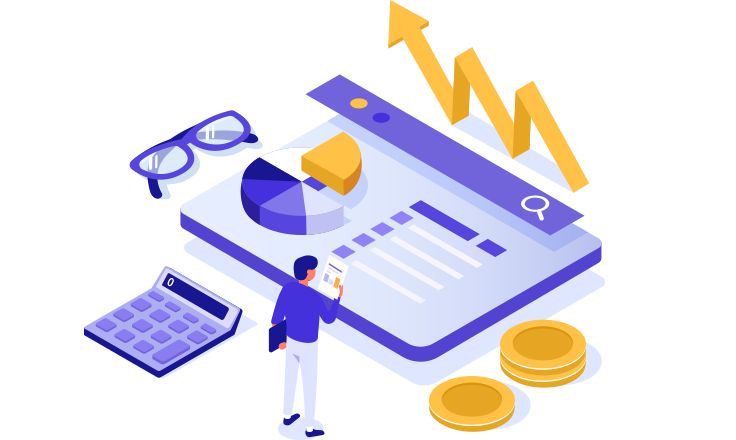E-book: E-invoicing and E-transport in Romania – Current Legal State, Challenges and Forecast
Find out how you can use current tax changes as an opportunity for invoicing automation
Find out how you can use current tax changes as an opportunity for invoicing automation


Romania joined the ranks of European countries using an e-invoicing central platform. However, it did it at an unprecedented fast pace, leaving many taxpayers and even professionals unable to meet the requirements on time.
To help you systemize all the regulations and deadlines that come with e-invoicing and e-transport in this country, as well as to turn these challenges into business opportunities, we have prepared this practical e-book.
 Despite being a huge challenge for taxpayers in Romania, the new obligations can operate as a digitization trigger for companies that do business in this country. With the use of innovative technology that is fully compliant with the latest legal regulations, these changes can be used to gain competitive advantage."
Despite being a huge challenge for taxpayers in Romania, the new obligations can operate as a digitization trigger for companies that do business in this country. With the use of innovative technology that is fully compliant with the latest legal regulations, these changes can be used to gain competitive advantage."
